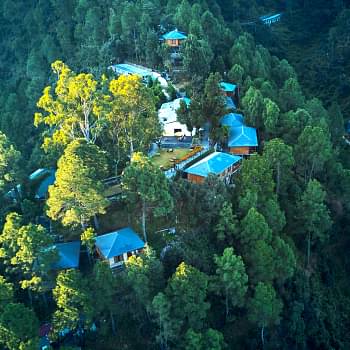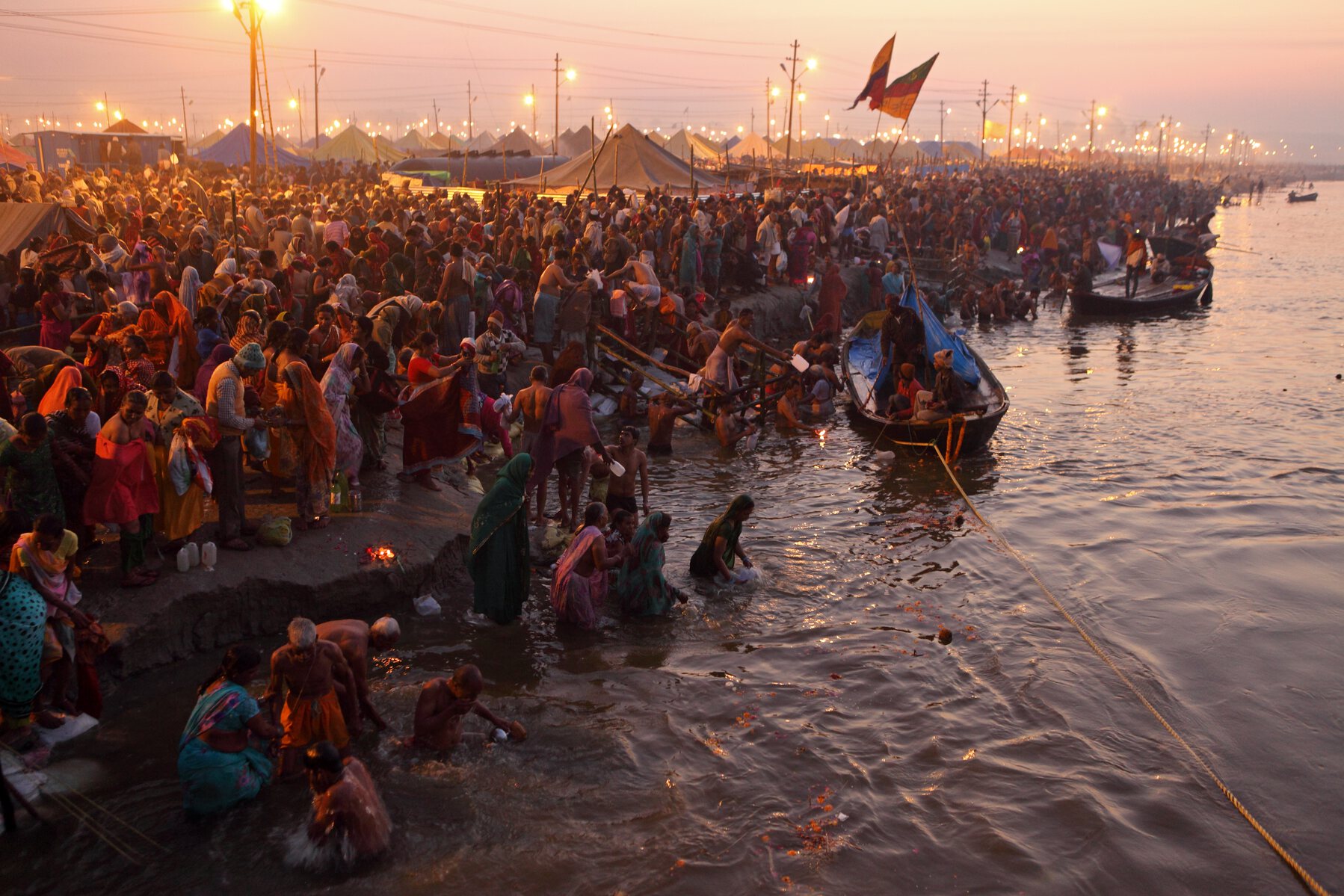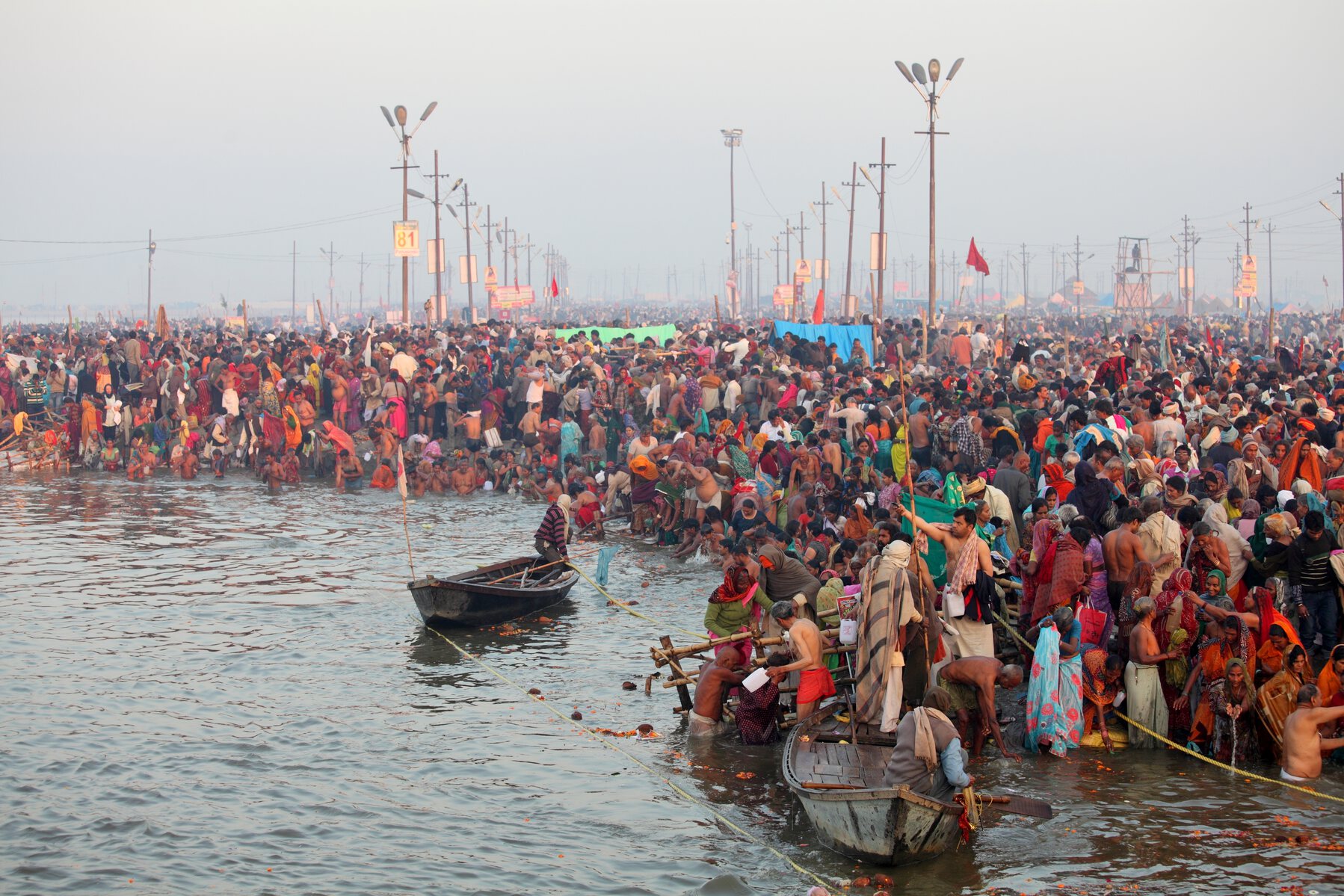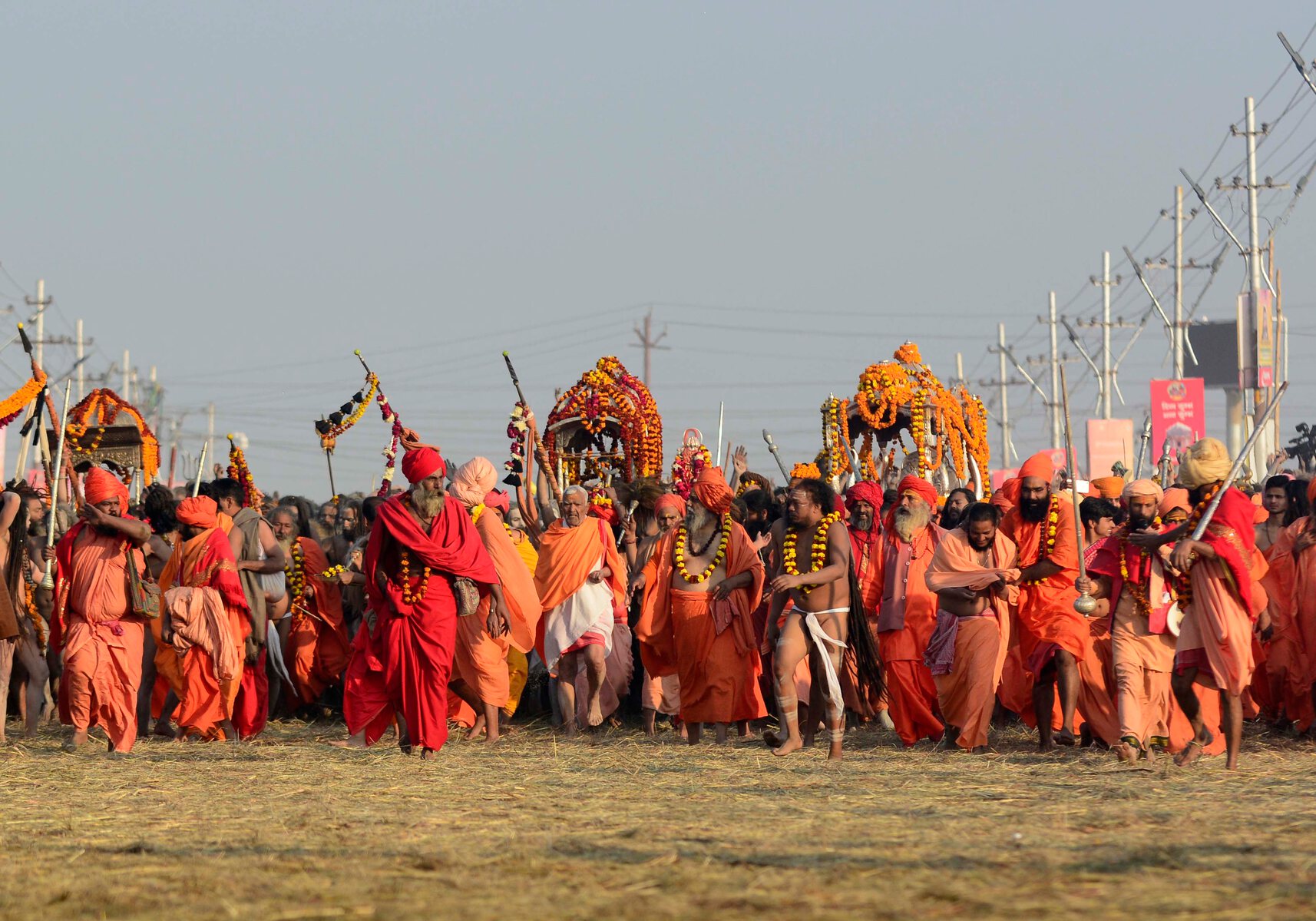February 27, 2025
Next Maha Kumbh Mela: Dates, Locations, and Significance
CM Content Team


View all
140+
Resorts
February 27, 2025
CM Content Team
With the 2025 Maha Kumbh Mela in Prayagraj now part of history, the anticipation for the next grand event is already building. While the Maha Kumbh occurs only once every 144 years at a single location, other Kumbh Melas continue to be celebrated at different holy sites at regular intervals. In this blog, we will explore the upcoming Kumbh Melas, their historical and astrological significance, and what devotees can expect in the years ahead.

With the conclusion of Maha Kumbh Mela 2025, the focus now shifts to the next major Kumbh Melas. Here are the upcoming ones:

The dates for Kumbh Mela are based on complex astrological calculations involving:
Each Kumbh Mela takes place when Jupiter aligns with certain zodiac signs:

The Kumbh Mela is an ancient Hindu festival that takes place at four major pilgrimage sites in India, each holding unique spiritual and historical significance:
Each of these locations offers a deeply transformative experience, attracting millions of devotees, saints, and spiritual seekers from across the world to participate in this sacred tradition.

This is the rarest and most significant of all Kumbh Melas, drawing an unparalleled number of devotees, saints, and spiritual seekers from around the world. It is believed that attending this sacred event and taking a dip in the Triveni Sangam grants liberation from the cycle of birth and death (moksha).
The Purna Kumbh Mela rotates between Prayagraj, Haridwar, Nashik, and Ujjain, depending on astrological alignments. Millions of pilgrims gather at these locations to bathe in the holy rivers, believing it purifies the soul and removes past sins.
As the name suggests, Ardh (half) Kumbh Mela is a mid-cycle event between two Purna Kumbh Melas. Though smaller in scale than the full Kumbh, it still attracts millions of devotees who come to seek divine blessings and perform sacred rituals.
The Magh Mela takes place every year during the Hindu month of Magh (January-February) at Prayagraj's Triveni Sangam. Many consider it a smaller version of the Kumbh Mela, and thousands of devotees and sages camp by the riverbanks for a month-long period of spiritual discipline, prayers, and meditation.
The alignment of these celestial bodies is believed to create a highly spiritually charged atmosphere, making the rivers at the Kumbh sites especially sacred and purifying during this time. Ancient Hindu scriptures state that bathing in these holy waters while the planets are in their auspicious positions can cleanse one's sins and karmic debts, leading to liberation (moksha). This divine timing has been meticulously followed for centuries, ensuring that each Kumbh Mela aligns with the cosmic order and divine blessings of the universe.

The Kumbh Mela is rooted in the Hindu mythology of the Samudra Manthan (churning of the ocean). According to legend, when the gods and demons churned the ocean to obtain amrit (nectar of immortality), four drops fell at Prayagraj, Haridwar, Nashik, and Ujjain.
Thus, the Kumbh Mela is considered a time when the rivers are infused with divine nectar, allowing devotees to cleanse themselves of sins and attain moksha (liberation).
The Kumbh Mela is more than just a festival; it is a spiritual awakening that brings together millions in a quest for salvation. While the next Maha Kumbh Mela will not occur for another 144 years, the upcoming Kumbh Melas in Nashik (2027), Ujjain (2032), and Haridwar (2036) provide ample opportunities for devotees to immerse themselves in this grand tradition.
For those seeking divine blessings, self-purification, and a deeper connection with their faith, attending a Kumbh Mela is a once-in-a-lifetime experience. Whether you are a devotee, a spiritual seeker, or a cultural enthusiast, witnessing the largest gathering of humanity on earth is an experience like no other.
Mahindra Holidays & Resorts India Ltd. (MHRIL), a part of Leisure and Hospitality sector of the Mahindra Group, offers quality family holidays primarily through vacation ownership memberships and brings to the industry values such as reliability, trust and customer satisfaction. Started in 1996, the company's flagship brand ‘Club Mahindra’, today has over 300,000 members , who can holiday at 140+ resorts in India and abroad.
We use cookies to personalise content and to provide you with an improved user experience.By Continuing to browse this site you consent to the use of cookies.Please visit our cookie policy for further details.

Welcome to ClubMahindra.com In order to provide a personalised experience for you, we use cookies to enable some website functionality. Cookies help us see which articles most interest you; allow you to easily share articles on social media channels; permit us to deliver content personalised to your interests and locations; along with many other site benefits. For more information, please review our Cookie Policy
When you visit any website, it may store or retrieve information on your browser, mostly in the form of cookies. This information might be about you, your preferences or your device and is mostly used to make the site work as you expect it to. The information does not usually directly identify you, but it can give you a more personalized web experience. Because we respect your right to privacy, you can choose not to allow some types of cookies. Click on the different category headings to find out more and change our default settings. However, blocking some types of cookies may impact your experience of the site and the services we are able to offer.
Because we respect your right to privacy, you can choose not to allow some types of cookies and you have the right to withdraw your consent by send a mail to email id [email protected]
These cookies are essential in order to enable you to move around the site and use its features, such as accessing secure areas of the site. Without these cookies, services you have asked for cannot be provided.
These cookies allow us to employ data analytics so we can measure and improve the performance of our site and provide more relevant content to you. These cookies don't collect information that identifies a visitor down to an individual level that is available to us. These cookies are not passing personally identifiable information to any external third party other than in limited cases when we engage a service provider to act on our behalf but who is then unable to use the data for their own purposes.
Performance cookies are generally third-party cookies from vendors we work with or who work on our behalf that collect information about your visit and use of the Club Mahindra website, for instance which pages you visit the most often, and if you get error messages from web pages. These cookies don't collect information that identifies a visitor. All information these cookies collect is anonymous and is only used to improve your overall experience on how the website works. Third party vendors may have access to this data and may use it to improve their overall services and offerings.
Functionality cookies allow a site to remember choices you make (such as your user name, language or the region you are in) and provide more enhanced, personal features. These cookies cannot track your browsing activity on other websites. They don't gather any information about you that could be used for advertising or remembering where you've been on the Internet outside our site.
Third-party advertising and social media cookies are used to (1) deliver advertisements more relevant to you and your interests; (2) limit the number of times you see an advertisement; (3) help measure the effectiveness of the advertising campaign; and (4) understand people's behaviour after they view an advertisement. They are usually placed on behalf of advertising networks with the site operator's permission. They remember that you have visited a site and quite often they will be linked to site functionality provided by the other organization. This may impact the content and messages you see on other websites you visit. If you do not allow these cookies you may not be able to use or see certain these sharing tools content on our website.